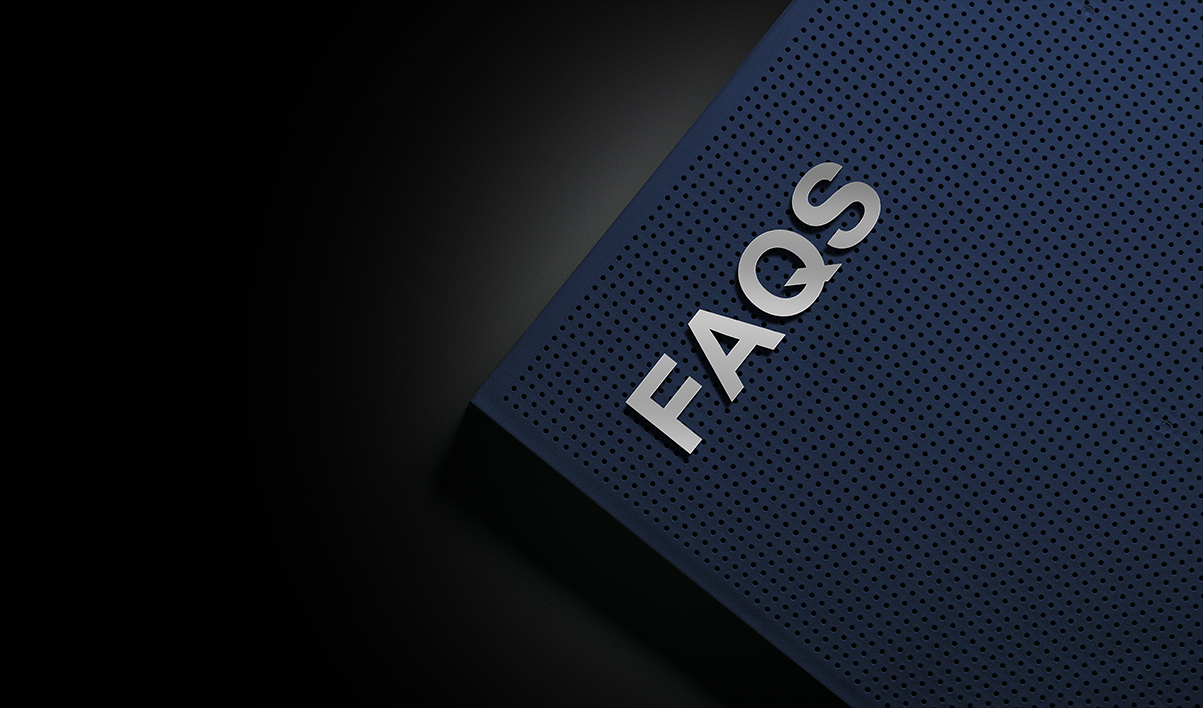Q1: Does Paint Protection Film (PPF) Effectively Prevent Damage from Rock Chips?
Absolutely. TERMINAX Paint Protection Film is engineered with advanced polyurethane technology, originally developed to safeguard aircraft components from high-velocity debris. Now available for automotive applications, this high-performance PPF provides a robust barrier against rock chips, road debris, and minor abrasions, ensuring your vehicle’s paint remains pristine.
Q2: Is DIY Installation of PPF Feasible?
While it’s possible to install TERMINAX PPF at home, we strongly recommend professional installation. Certified installers operate in controlled, dust-free environments and utilize specialized techniques to ensure seamless application, precise fitment, and optimal adhesion. DIY attempts may lead to misalignment, bubbling, or reduced film durability, compromising the protection of your vehicle’s finish.
Q3: Can TERMINAX PPF Harm a Vehicle’s Paint?
No, TERMINAX PPF is specifically designed to protect automotive paint without causing damage. Featuring a pressure-sensitive acrylic adhesive, the film bonds securely to the vehicle’s surface while remaining safe for clear coats and factory paint. This non-invasive adhesive ensures no risk of lifting or damaging the underlying finish when properly installed and removed.
Q4: What Is the Warranty Coverage for TERMINAX PPF?
TERMINAX offers an industry-leading warranty of up to 10 years for our Paint Protection Film products. This comprehensive warranty covers manufacturing defects, including cracking, yellowing, peeling, delamination, discoloration, adhesive failure, and bubbling, provided the film is installed by a certified TERMINAX installer and maintained according to our care guidelines.
Q5: How Easily Can TERMINAX PPF Be Removed?
TERMINAX PPF is designed for straightforward removal without compromising the vehicle’s paint. The pressure-sensitive adhesive allows for clean removal when gentle heat is applied using a professional-grade heat gun to soften the adhesive. This process enables the film to be peeled off in large sections, leaving minimal to no residue and preserving the integrity of the underlying paint.
Q6: How Can Blisters Be Prevented or Addressed During PPF Installation?
To prevent blisters, certified installers should perform thorough surface preparation and employ meticulous application techniques, including multiple passes with a squeegee to eliminate trapped air and moisture. Installation in a clean, dust-free environment is critical. In the rare event that blisters occur post-installation, they can be carefully punctured with a fine needle, followed by gentle pressure using a rubber squeegee or microfiber cloth to release trapped air and restore a smooth finish.
Q7: How Can Material Waste Be Minimized When Hand-Cutting PPF?
For hand-cutting TERMINAX PPF, precision is key to conserving material. We recommend creating a template based on the vehicle’s specific contours, starting with smaller, manageable sections such as the rear fender. Cutting in straight, deliberate lines ensures accuracy and minimizes waste, optimizing material usage for professional-grade results.
Q8: Are Adhesive Aids Required for Edge Sealing During PPF Installation?
No, TERMINAX PPF is engineered with a high-performance, water-activated pressure-sensitive adhesive that eliminates the need for additional sealants or adhesive aids. When applied using professional installation techniques, the film naturally conforms to edges, curves, and contours, forming a secure, long-lasting bond without requiring supplementary chemicals.
Q9: How Can Dust Spots Be Prevented During PPF Application?
Dust spots can be avoided by thoroughly cleaning high-risk areas, such as seams, edges, and door beading, prior to installation. Proper surface preparation in a controlled, dust-free environment ensures no contaminants are trapped beneath the film, resulting in a flawless, professional-grade finish that enhances both aesthetics and protection.

